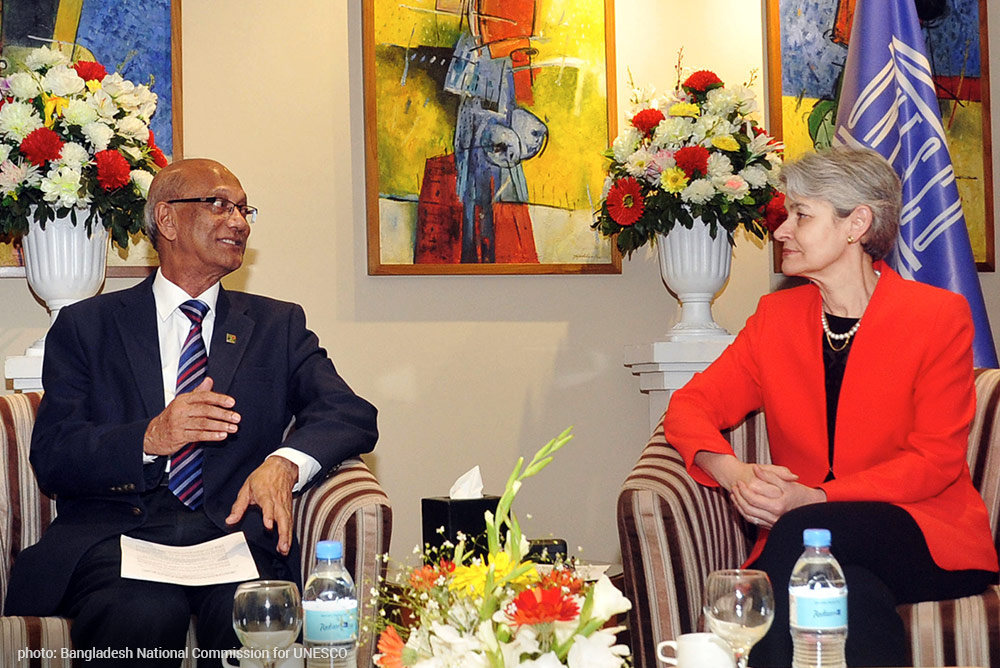Immediately upon arrival in Bangladesh, I sensed the 2017 E-9 ministerial meeting would be one defined by cooperation, action and progress.
From February 5-7, a ministerial meeting of E-9 countries – representing 53% of the world’s population – met in Dhaka, Bangladesh. For me, it was an honor to represent the Education Commission and make the case for education financing at the first E-9 meeting held since the adoption of the Sustainable Development Goals. Indeed, financing is key to achieving the fourth SDG goal of “inclusive and quality education for all.”
I will be the first to admit the E-9 is far from a household name. That being said, the group stands better positioned than most to help ensure the achievement of the SDGs. The E-9 was born in 1993 rallying nine high population countries to achieve the Education for All targets. In 1993, the world’s population was only 5.6 billion. Today, the global population has surpassed 7 billion as food security, water, climate and poverty challenges grow in severity. With a majority of the world’s population inhabiting the E-9 countries – Brazil, Mexico, Egypt, Nigeria, Bangladesh, India, Pakistan, Indonesia and China – they have come far since 1993 in crafting transformative pathways to become middle-income and lower-middle-income countries. These strides are evident when we look at decreased percentages of out-of-school children, improved net enrolment ratios (NER) and other key metrics. As the first E9 meeting since the 2030 agenda for sustainable development was put in place, there was a sense of excitement and urgency to meet targets still unmet.
UNESCO Director-General and Education Commission Co-convener Irina Bokova opened the E-9 meeting in Dhaka. As a lead agency for SDG 4, UNESCO guided the meeting and ensured that its own champions were present with country delegations providing updates on country progress toward SDG 4 targets. A majority clearly articulated a convincing business case for education and acknowledged the urgent need to manage and mobilize education resources more effectively and efficiently. This was an ideal context for me to present the financing case outlined in the Commission’s Learning Generation report.
As I spoke to make the case for investing in education to the nine countries in attendance, I was again reminded that now is the moment to crowd-in global support for a surge in education financing to ensure the Learning Generation is achieved. The champions present in Dhaka said much that resonated with the Commission report, and two countries stepped forward for side meetings to express their support for the Commission’s Pioneer Country Initiative. Furthermore, the Dhaka Declaration marked but the latest call for expanded education financing from domestic governments and the international community.
At the end of the two days, I knew that the conversations would continue long after the conference hall lights were dimmed and halls emptied. This meeting is but the latest reminder that the Learning Generation vision can be achieved.

